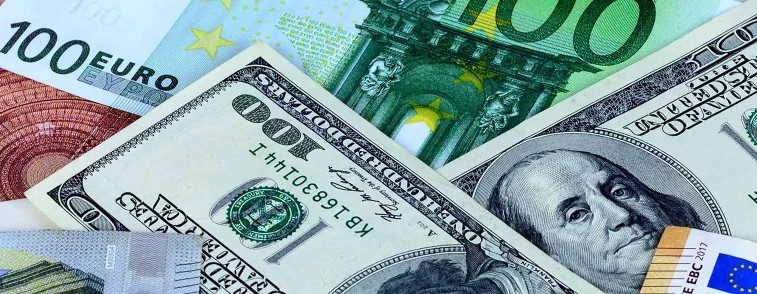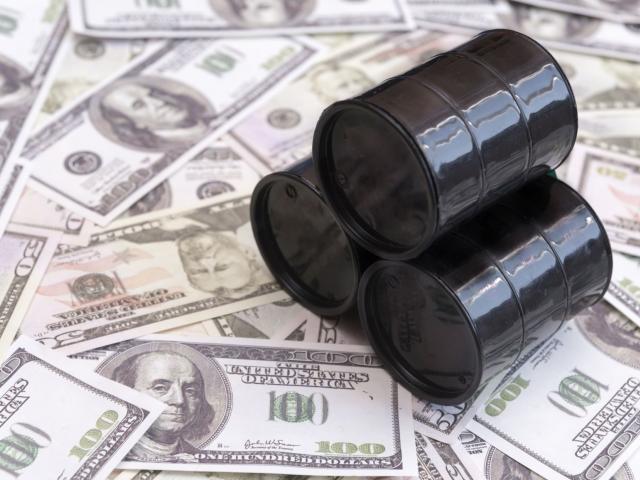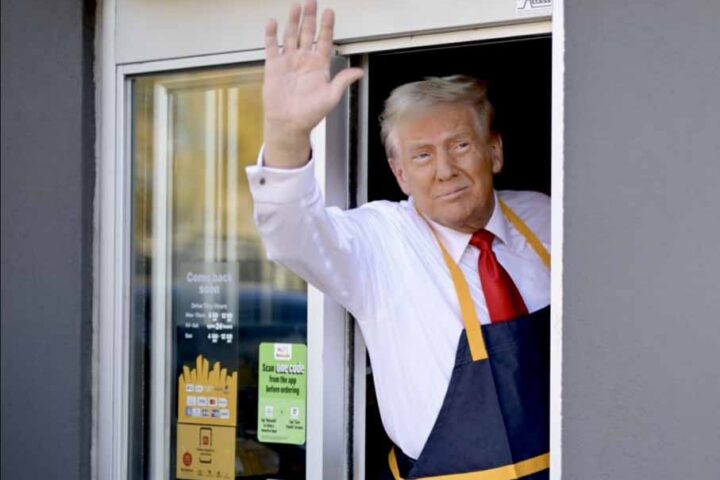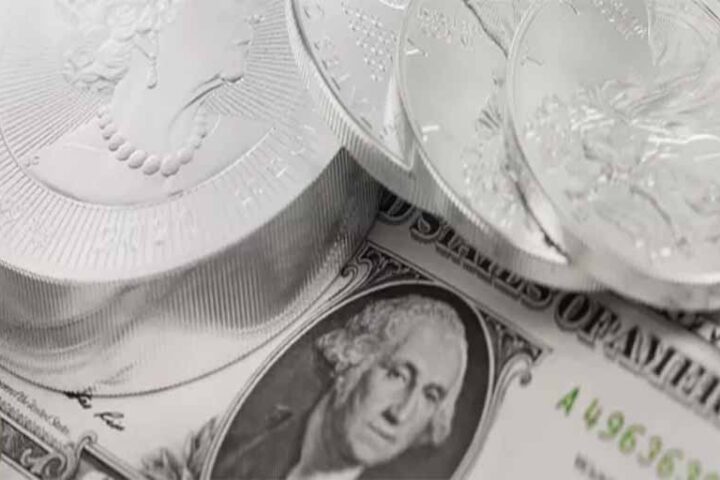The EURUSD currency pair is seen sliding to near 1.0470 in Friday’s European session, showing signs of weakness after the release of the Hamburg Commercial Bank’s preliminary purchasing managers index for February for the Eurozone and its major nations.
The Eurozone HCOB PMI report, compiled by S&P Global, showed that overall business activity expanded at a steady pace, but slower than expected. The Composite PMI read 50.2, against estimates of 50.5.
The report showed that the manufacturing PMI continued to contract. However, the pace at which the economic data declined was slower than estimates and the former reading.
Meanwhile, activities in the services sector expanded. The pace at which the data advanced was surprisingly slower than the prior release.
“Economic output in the Eurozone is barely moving at all. The somewhat milder recession in the manufacturing sector is only just being overcompensated by the barely noticeable growth in the services sector,” said Dr. Cyrus de la Rubia, Chief Economist at HCOB.
“There is certainly hope for a German government that will be able to act after the elections, which should also provide a positive impetus for the eurozone as a whole. However, this is offset by a relatively unstable situation in France and a US customs policy that is spreading uncertainty. These figures, therefore, do not yet point to a recovery in the eurozone,” de la Rubia added.
A steady growth in the Eurozone PMI data is unlikely to provide relief to European Central Bank officials, who have been worried about upside risks to economic growth.
Traders have fully priced in three more interest rate cuts by the ECB this year. The ECB also reduced its Deposit Facility rate by 25 basis points (bps) to 2.75% last month.
The US dollar strives to gain ground after posting a fresh year-to-date low, with the DXY Dollar Index rising to 106.65, from 106.30. On Thursday, the greenback faced a sharp sell-off as market mood improved.
Investors expect President Donald Trump’s tariffs agenda will not be much more terrifying than the market had anticipated. Till now, the US president has imposed 25% tariffs on steel and aluminium, 10% on all imports from China, and has threatened to introduce reciprocal tariffs, with a 25% levy on automobiles, semiconductors and pharmaceuticals by April.
Market participants had anticipated that Trump would force tariffs soon after returning to the White House. The ambiguity surrounding his tariff policies appears to have bought time for US trading partners to negotiate a deal, potentially limiting the impact of tariffs on their economies.
On Thursday, EU trade chief Maros Sefcovic said the US has shown some willingness to mutually reduce tariffs. He added, after having a long meeting with Trump’s top trade officials, that his number one priority is to avoid economic pain for both nations.
Apart from the tariff agenda, growing optimism over the Russia-Ukraine truce has also weighed on the US Dollar.
President Trump has agreed to hold more talks with Russia, including Ukraine and Europe, to end the war.
On Thursday, Treasury Secretary Scott Bessent said the US president is committed to ending the war “quickly” and added that Russia could see some sanctions relief for negotiating an end to its war with Ukraine.
On the monetary policy front, Federal Reserve officials have been guiding a restrictive monetary policy stance amid concerns over upside risks to inflation due to Trump’s economic agenda.
Meanwhile, benchmark crude oil prices remain bearish.
West Texas Intermediate (WTI) fell on Friday, trading at $72.14 per barrel, down from Thursday’s close at $72.44.
Brent crude was also shedding ground, trading at $75.80 after its previous daily close at $76.12.
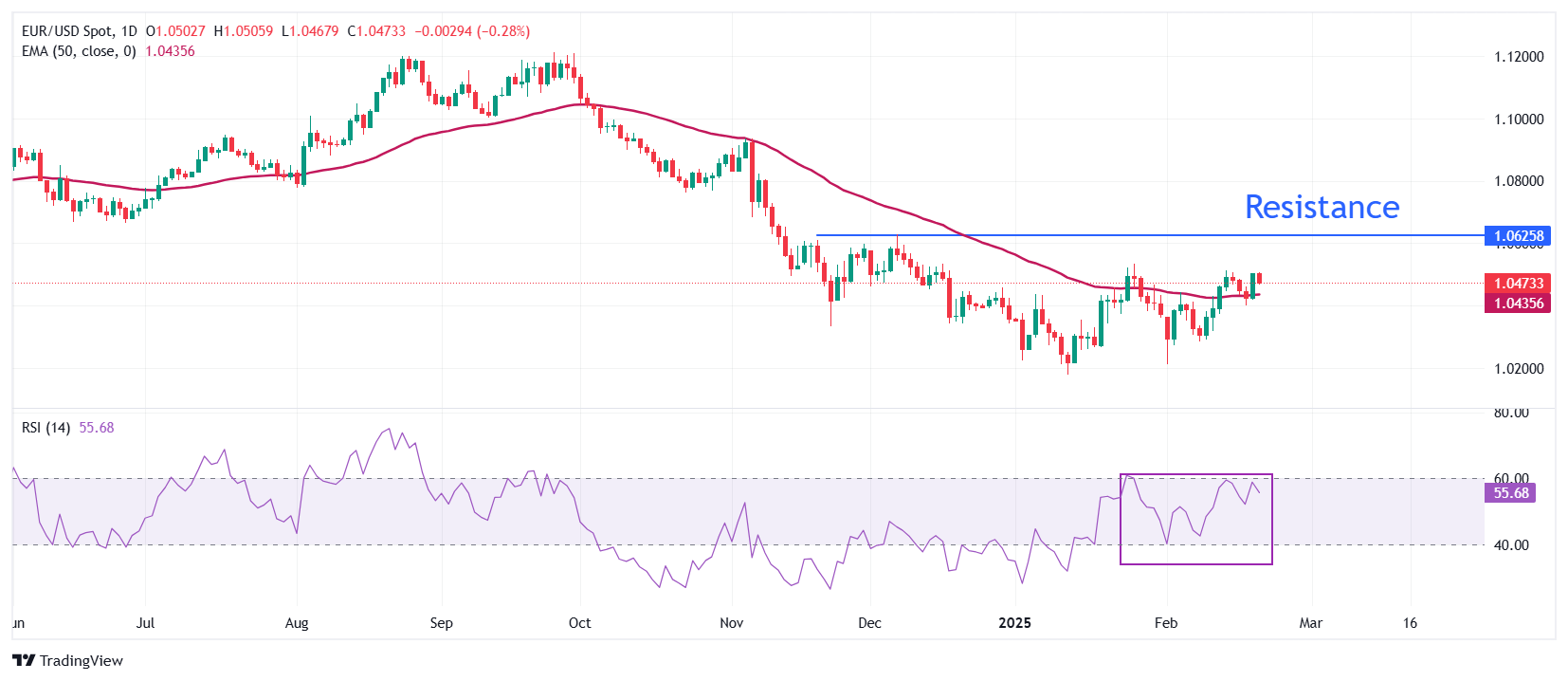
EURUSD chart by TradingView
(Source: OANDA)

